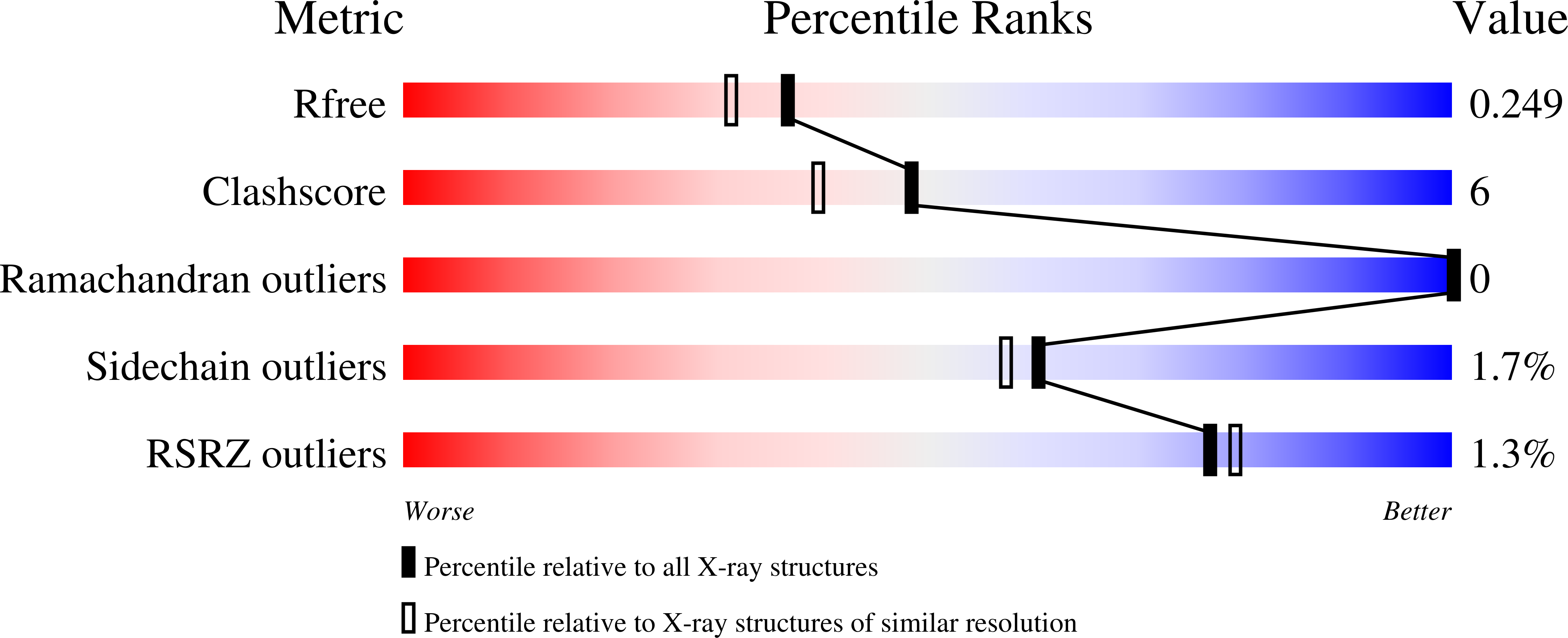
Deposition Date
2023-04-12
Release Date
2023-08-02
Last Version Date
2023-08-30
Entry Detail
PDB ID:
8OQW
Keywords:
Title:
Crystal structure of Tannerella forsythia MurNAc kinase MurK
Biological Source:
Source Organism:
Tannerella forsythia (Taxon ID: 28112)
Host Organism:
Method Details:
Experimental Method:
Resolution:
2.05 Å
R-Value Free:
0.24
R-Value Work:
0.20
Space Group:
P 1


